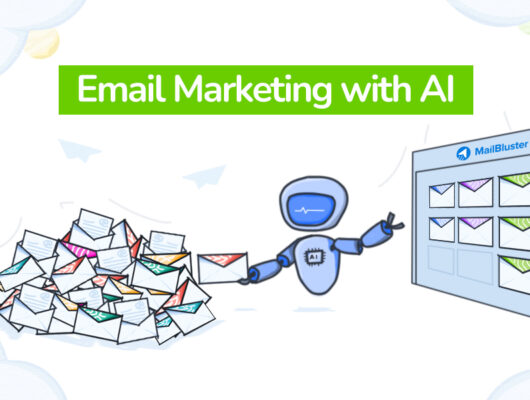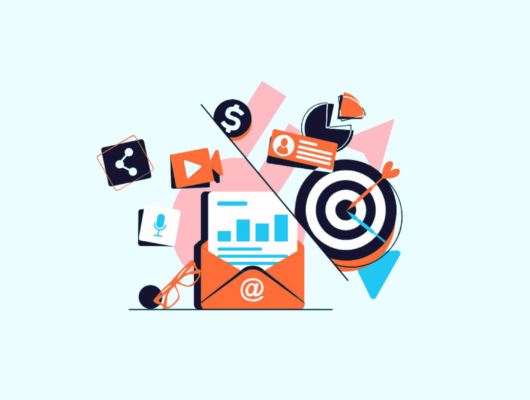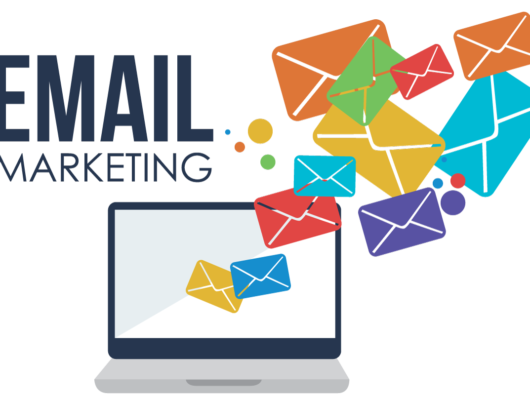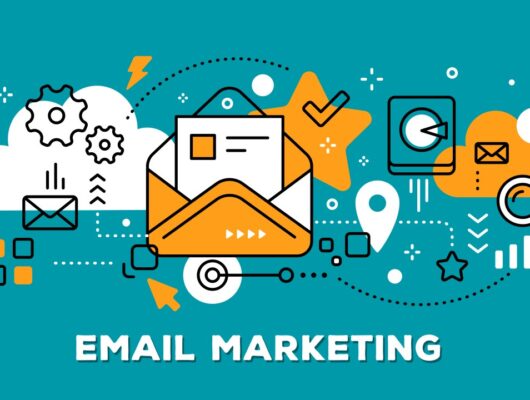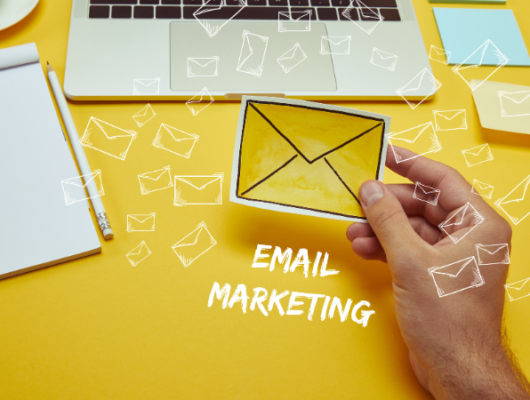In the realm of email marketing, design plays a pivotal role in driving conversions. A well-designed email not only captures attention but also guides the reader smoothly towards the call-to-action, increasing the likelihood of achieving your campaign objectives.
This article explores essential strategies for crafting conversion-focused email designs that not only engage but also convert.
1. Understanding the Role of Design in Conversions
Email design isn’t just about aesthetics; it’s a crucial tool for improving user engagement and encouraging recipients to take action. Effective design supports the content by enhancing readability, highlighting key messages, and creating a visual path leading to conversions.
2. Key Principles of Conversion-Focused Email Design
- Clarity and Simplicity: The design should make the email content easy to understand at a glance. Avoid clutter and use a clean layout that directs the reader’s eye towards important elements like headlines and CTAs.
- Visual Hierarchy: Establish a clear hierarchy in your email design. Use larger fonts for headings and smaller fonts for secondary information. Bold colors can draw attention to CTAs, while softer tones can be used for less critical elements.
- Consistency: Your email’s design should be consistent with your brand’s visual identity. Consistency builds trust and recognition, making it easier for recipients to feel comfortable taking action.
- Responsive Design: With a significant portion of emails being opened on mobile devices, responsive design is non-negotiable. Ensure that your emails look great and function well on all devices and screen sizes.
3. Strategies for Enhancing Email Conversions Through Design
- Focused Content Layout: Design your email to focus on one primary message. This approach keeps the reader from being overwhelmed and helps guide them towards your desired action. Use design elements like boxes, borders, and contrasting colors to spotlight key areas.
- Use of Images and Icons: Images can convey complex messages quickly and evoke emotions that text alone might not. Use high-quality images that align with your message. Icons can also be used to break up text and illustrate points effectively.
- Readable Typography: Choose fonts that are easy to read on digital screens. Serif fonts are typically best for headlines, while sans-serif fonts are ideal for body text. Ensure your text is large enough to be read easily on small screens.
- Compelling CTAs: Design your call-to-action buttons to stand out. Use vibrant colors that contrast with the rest of the email, and make sure they’re large enough to be easily clickable. Position CTAs strategically within the email to catch the eye after compelling content.
- Minimalism: Keep the design simple and the content brief. Minimalist designs can help reduce distractions and focus the reader’s attention on the most important action.
- Personalization Elements: Incorporate elements that can be personalized for each recipient, such as using their name in the greeting or customizing content based on their past behavior. Personalization can significantly increase engagement and conversions.
4. Testing and Optimization
To maximize the conversion potential of your emails, continuous testing and optimization are critical.
- A/B Testing: Regularly test different elements of your email design, such as the layout, images, CTA placement, and colors, to see which variations perform the best.
- Heatmaps and Analytics: Use tools to analyze how recipients interact with your emails. Heatmaps can show where users click and how far they scroll, helping you understand which parts of your design work well and which don’t.
- Feedback Collection: Occasionally ask for feedback directly from your subscribers. This can provide insights into what they like or dislike about your emails, informing future designs.
Conclusion
In conclusion, email design is a powerful tool that can significantly influence the effectiveness of your email marketing campaigns.
By focusing on clarity, simplicity, and a strong visual hierarchy, you can design emails that not only capture attention but also drive conversions.
Remember, the goal of your email design should be to make the path to conversion as intuitive as possible.
With thoughtful design strategies and continuous optimization through testing, your emails can become a vital part of your marketing strategy, effectively converting readers into customers.



